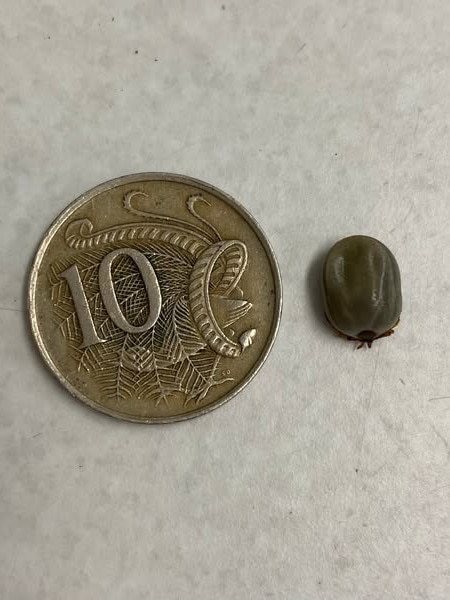Vets are warning Queensland pet owners of rising threat
Vets are warning Queensland pet owners over a growing threat that has risen to its worst level in nearly a decade.

Pets and Wildlife
Don't miss out on the headlines from Pets and Wildlife. Followed categories will be added to My News.
Vets are warning Queensland pet owners to be on high alert as the danger of paralysis ticks rise to their worst levels in nearly a decade.
A new map shows southeast Queensland has become the biggest hotbed in Australia for paralysis ticks, brown ticks and other deadly pet parasites.
Petbarn’s PetWatch has classified nearly every suburb in southeast Queensland as under “extreme” risk of ticks.
The site claims that “high case numbers and recent weather patterns” threaten possible outbreaks across the region.
The PetWatch map “cross-references satellite data, weather patterns and records from Greencross vet and hospital locations to determine threat levels across Australia,” according to the Petbarn website.

“The one we are most concerned about with domestic pets is paralysis ticks,” said Communications Officer for Greater Springfield Veterinary Victoria Law.
“The wet and warm weather we have in southeast Queensland are the ideal conditions for paralysis ticks to thrive.”
Paralysis ticks tend to be inactive in cold temperatures, according to the Cary Institute, leaving areas like southeast Queensland vulnerable to long tick ‘seasons’.

“The most common first symptom we see in emergency is paralysis of the hind legs,” Ms Law said.
“Left untreated the venom can reach the pet’s throat, impacting their breathing.
“At this stage it is critical and they can die.”
This summer has been “the worst tick season we’ve had for eight years,” according to Ms Law.
“In the non-peak season we saw less than 10 paralysis tick cases between April and September 2024,” she said.
“But since November of 2024 we’ve already had over 45 cases.”
Ipswich pet owner Amy Gatehouse was “traumatised” when she saw her beloved Maltese Shih tzu, Evie, nearly die from a paralysis tick bite.
“Evie had been out in the backyard all morning, she came in and jumped off the couch and I noticed her legs were a bit wobbly,” Ms Gatehouse said.
“I called her over to me and she just flopped into my lap, which is a bit unusual.
“That night I couldn’t stand her up and her breathing became funny so I rushed her to the emergency vet at 3am.

“They found a tick bite mark on her face and immediately started anti-venom.”
After the emergency visit Ms Gatehouse took Evie to her regular vet where she had to be on fluids for four days.
“It’s a big, expensive lesson learned. Just taking her to the emergency vet was $1200, with the four days of fluids it was $1500 all up,” she said.
“It was very traumatic for me to see her like that, I am now very vigilant with my tick prevention.
“If I had known the symptoms of ticks earlier on I would’ve taken her in straight away.”
Tick treatment can be taken as a monthly treat or a yearly injection and is strongly recommended for SEQ pets, according to Ms Law.


